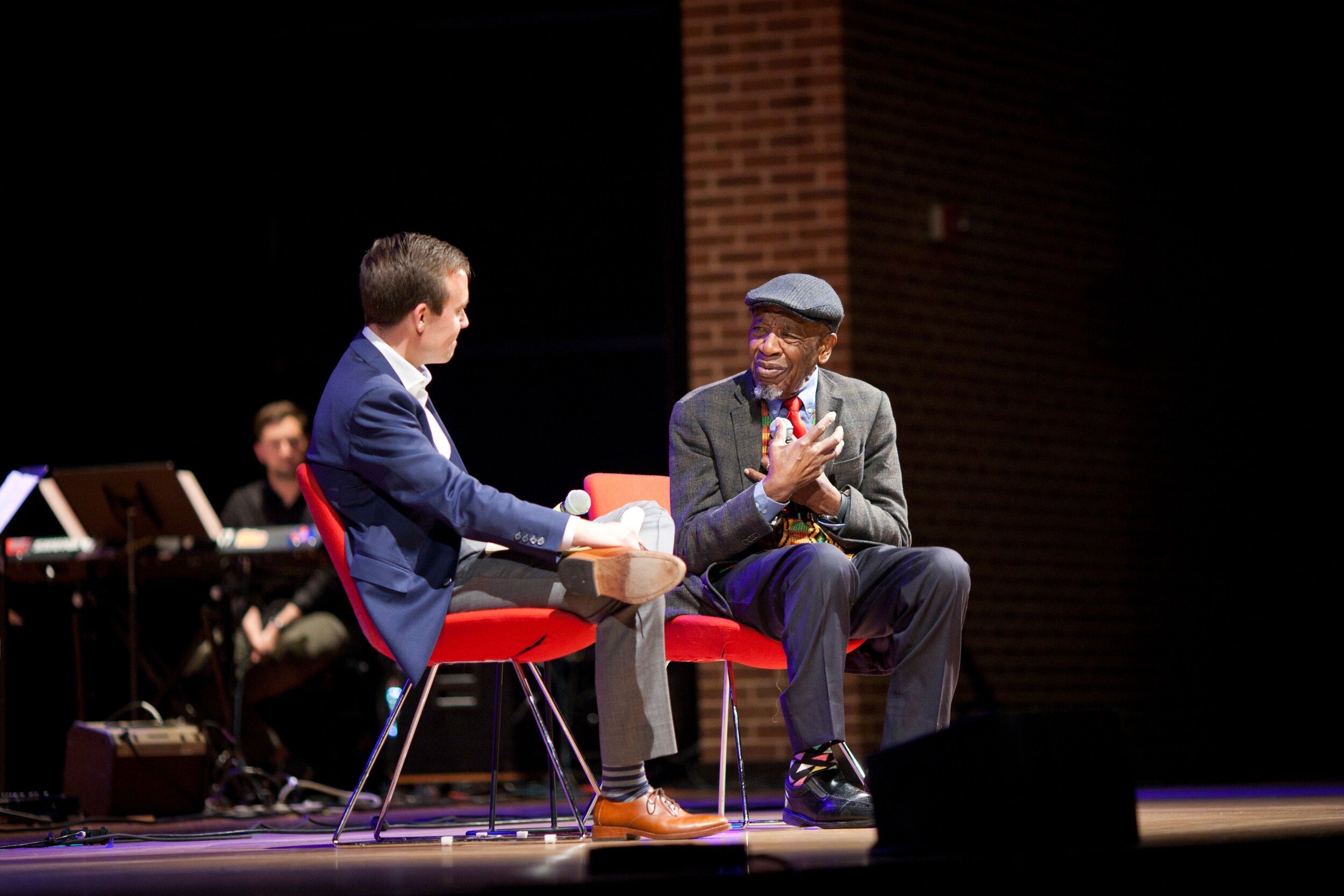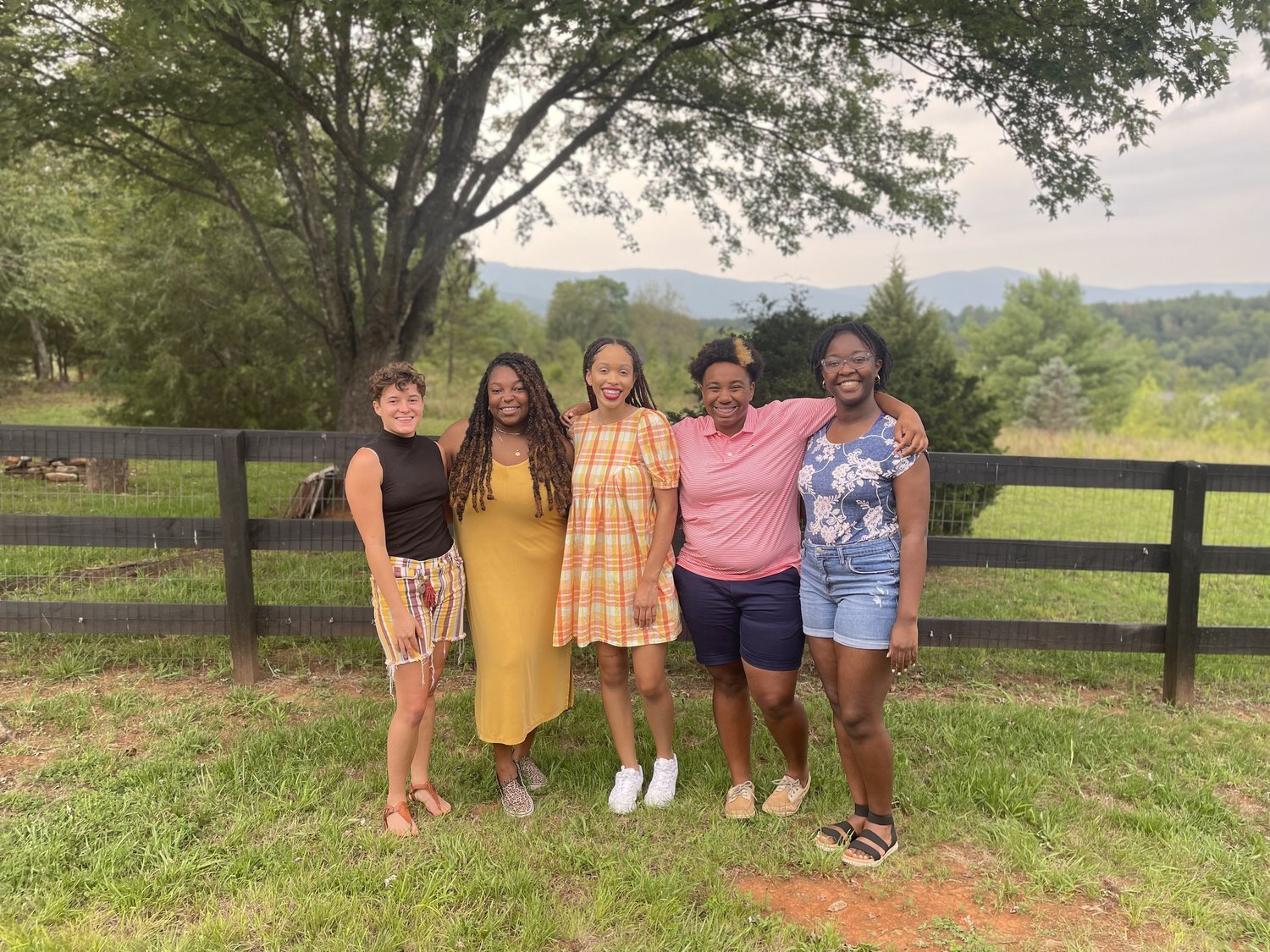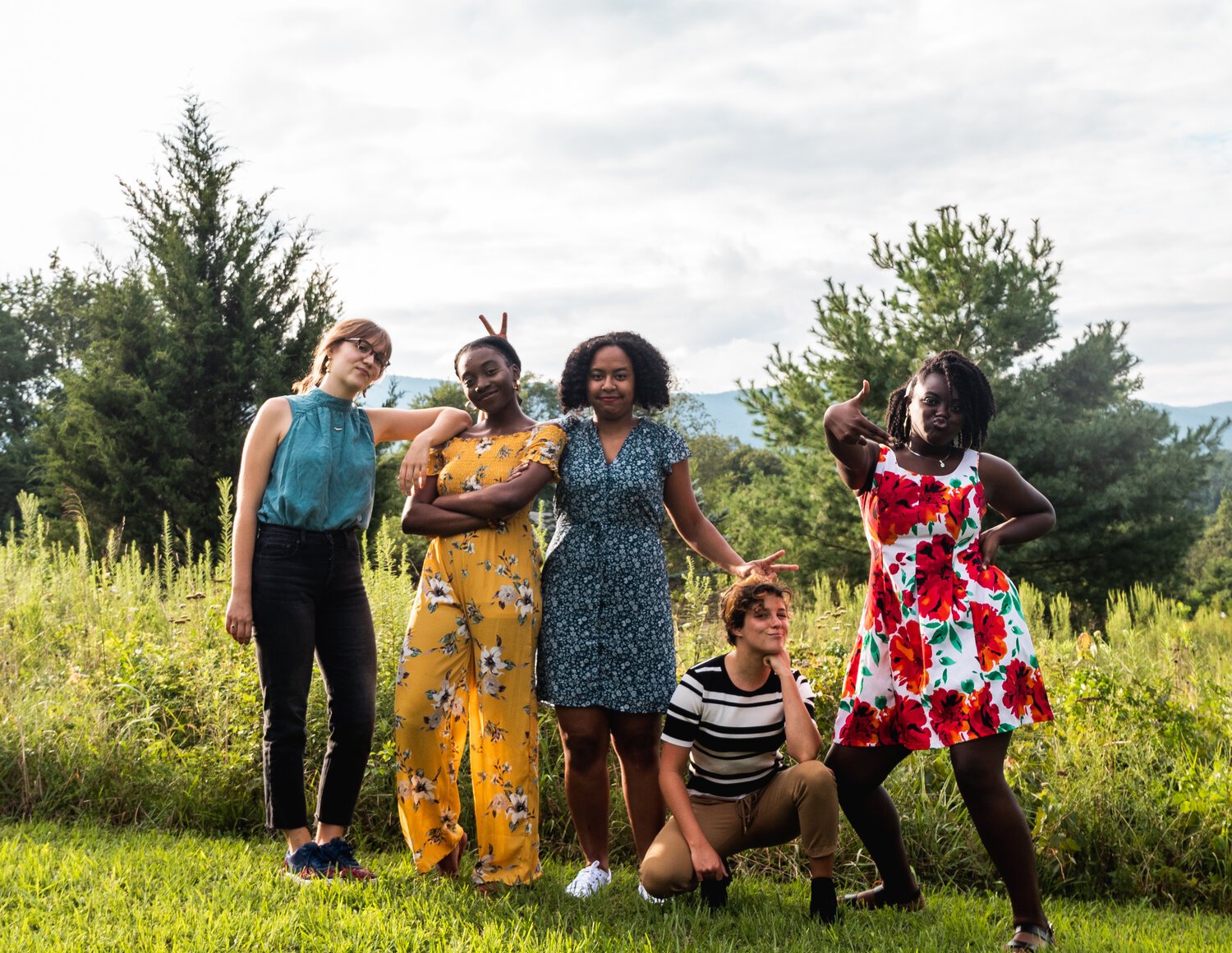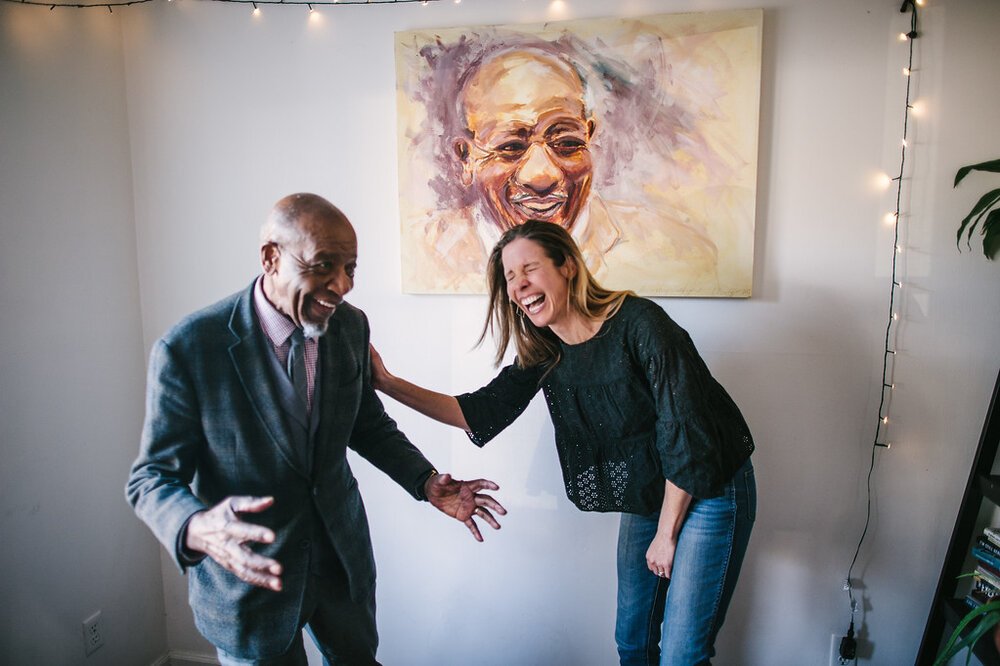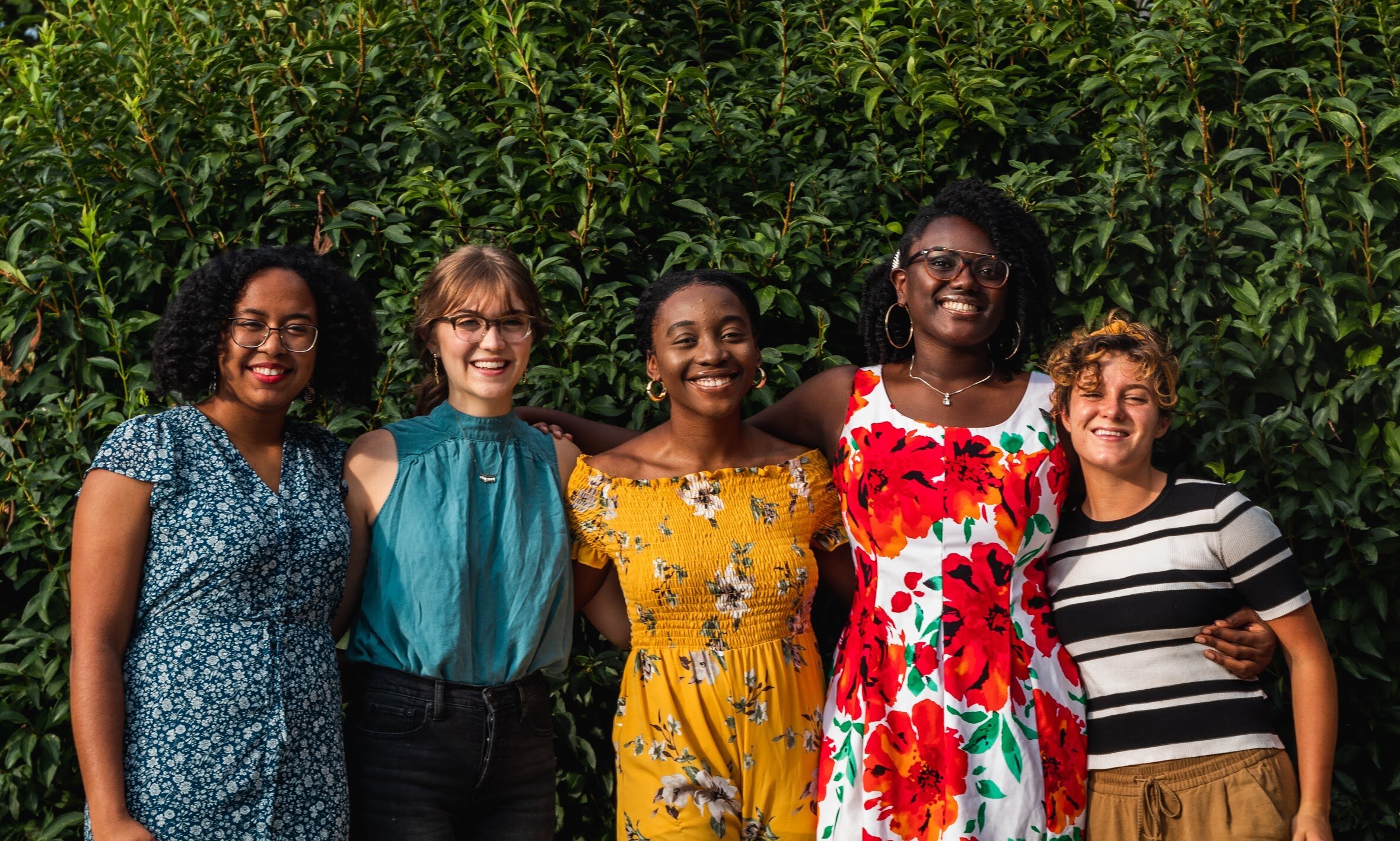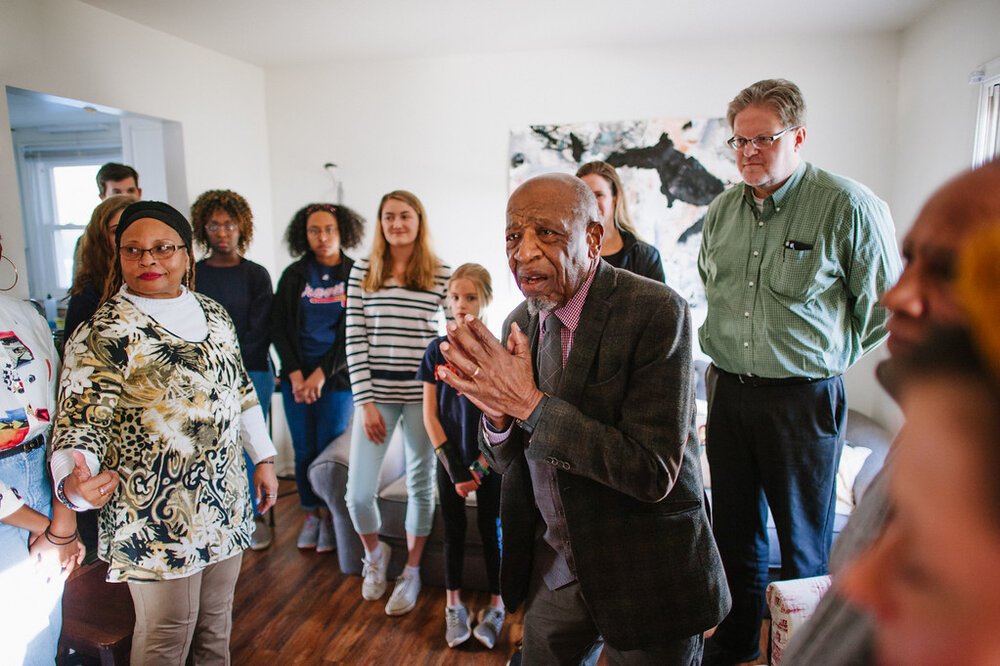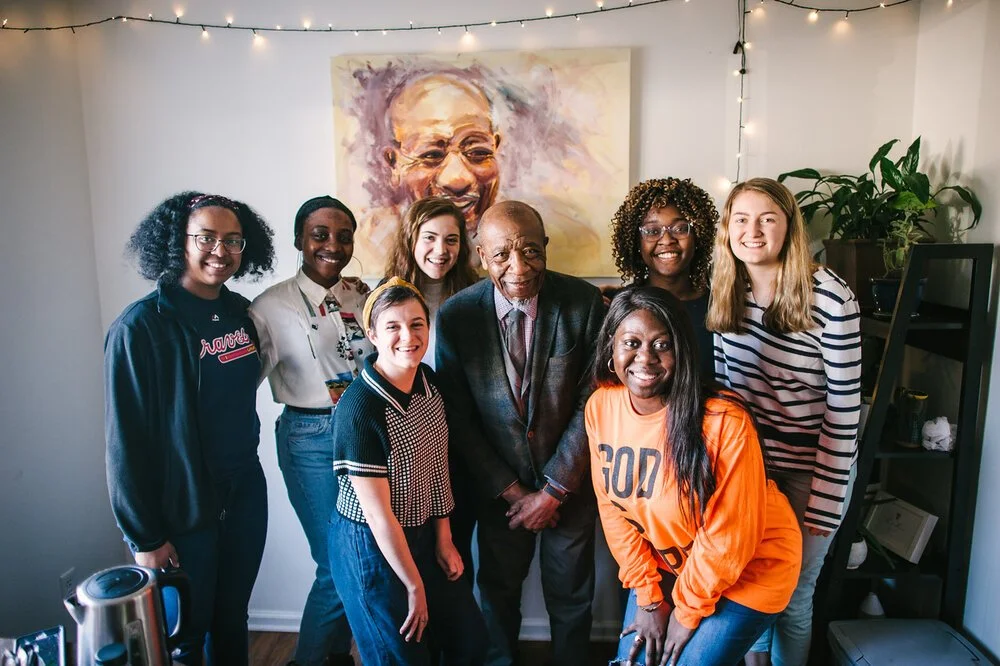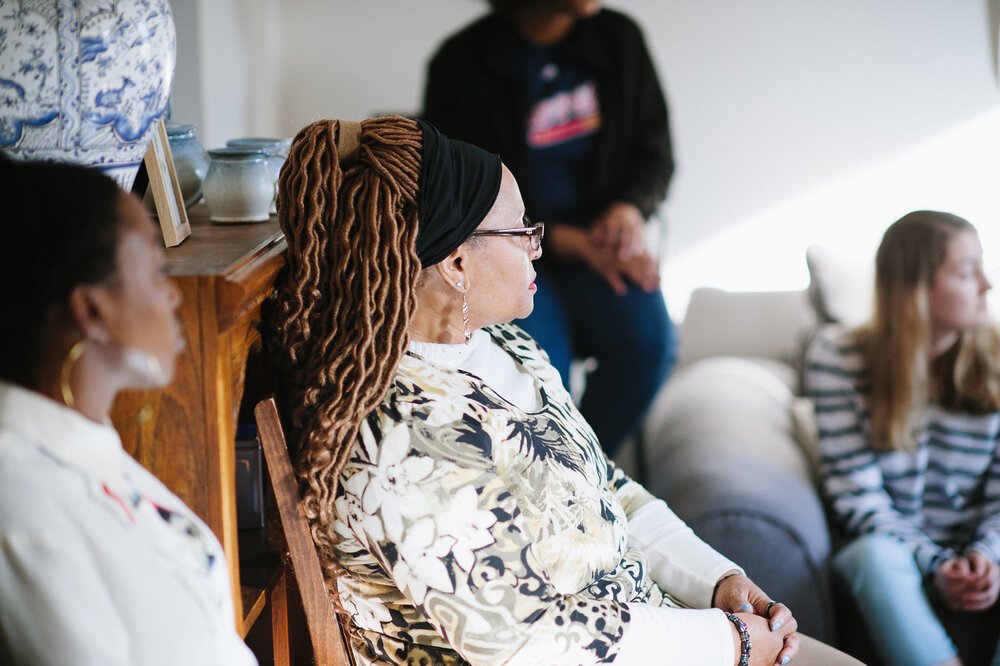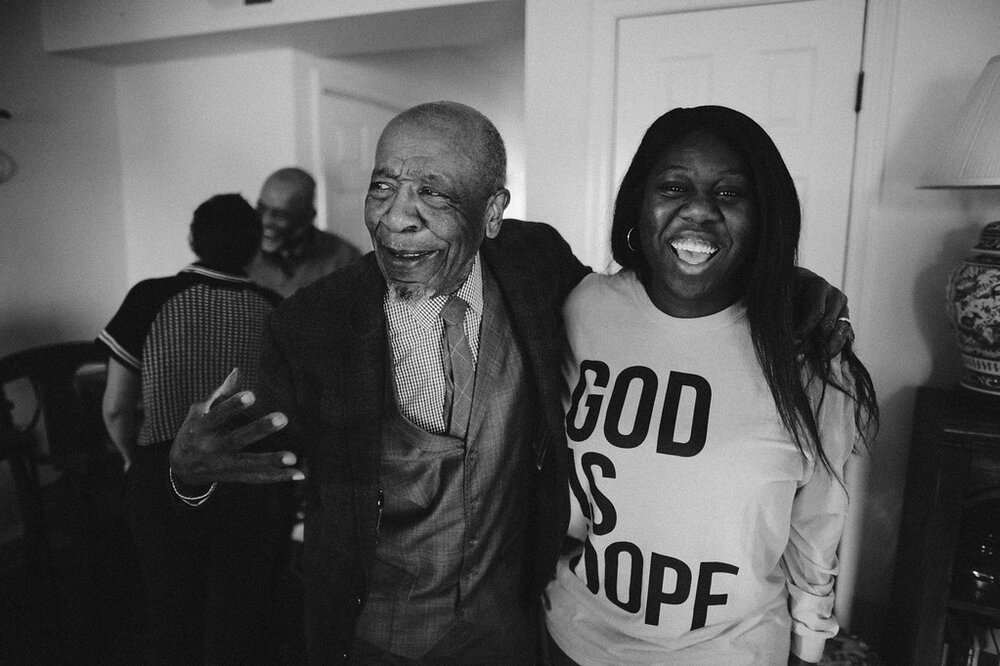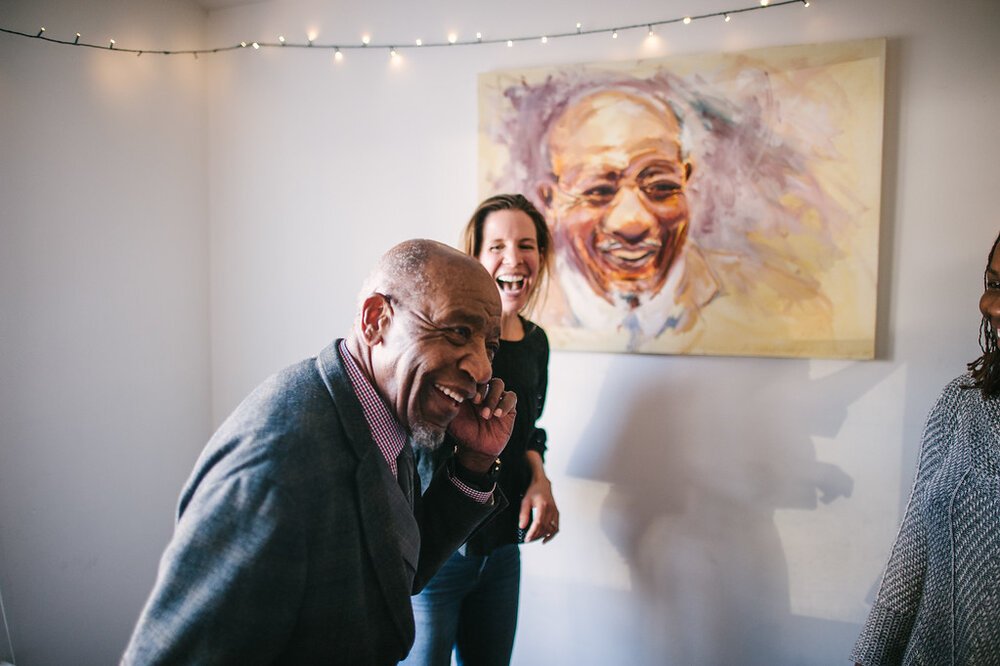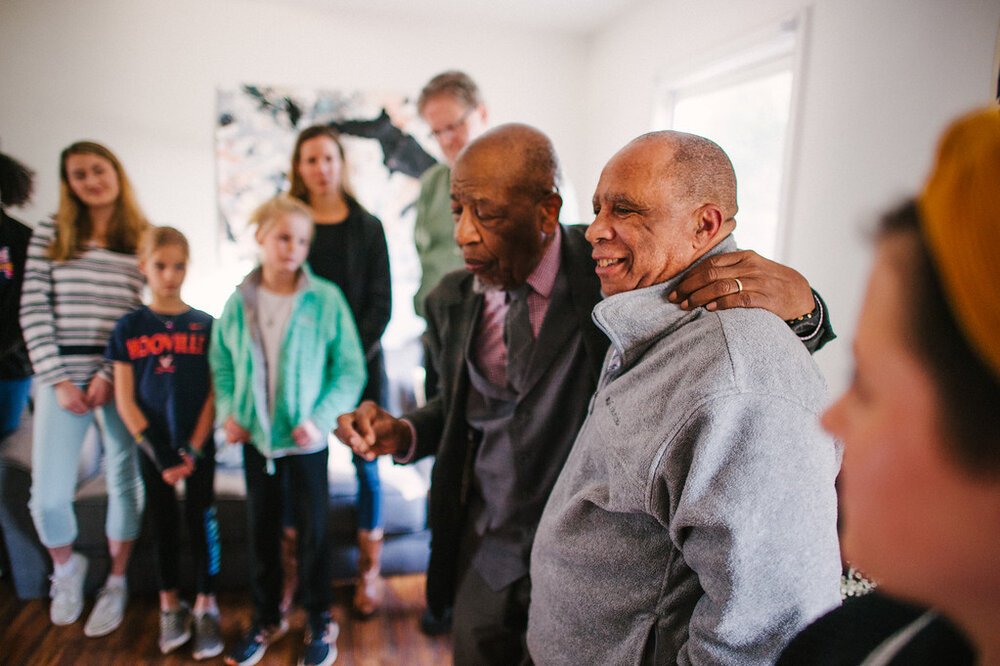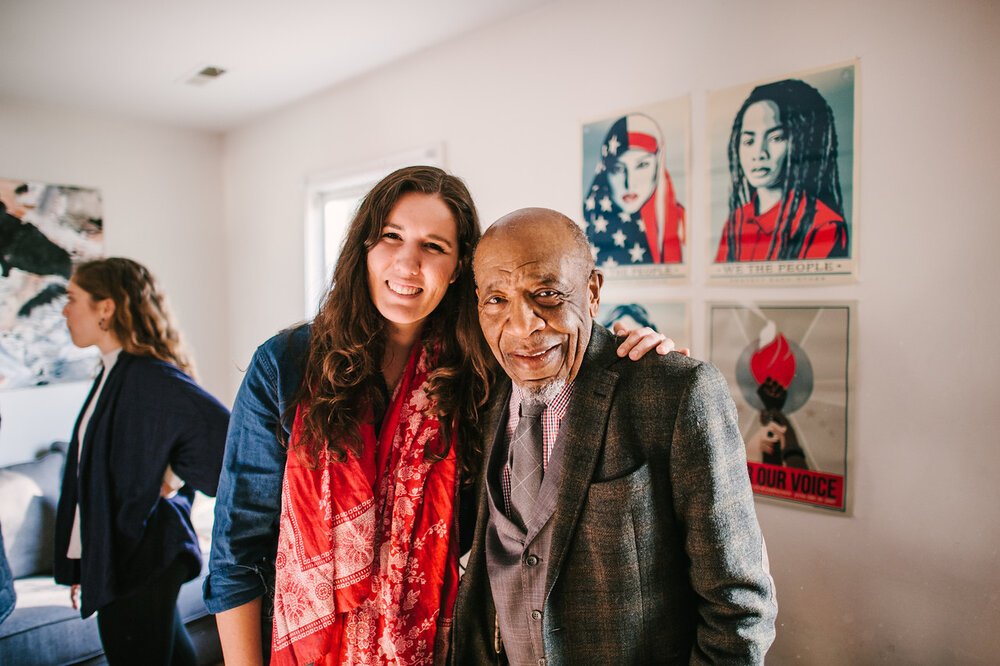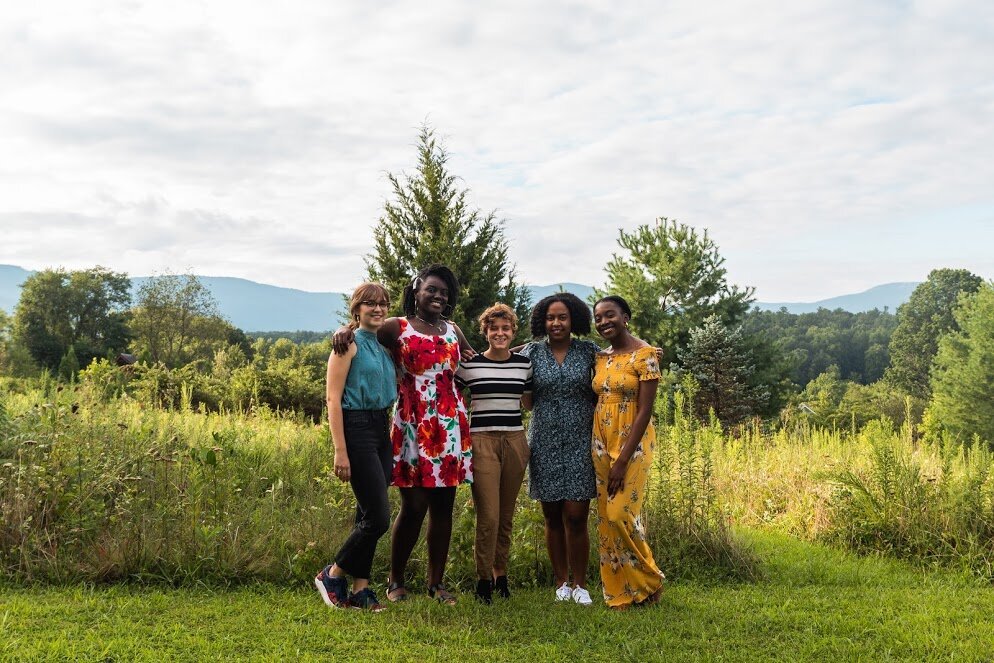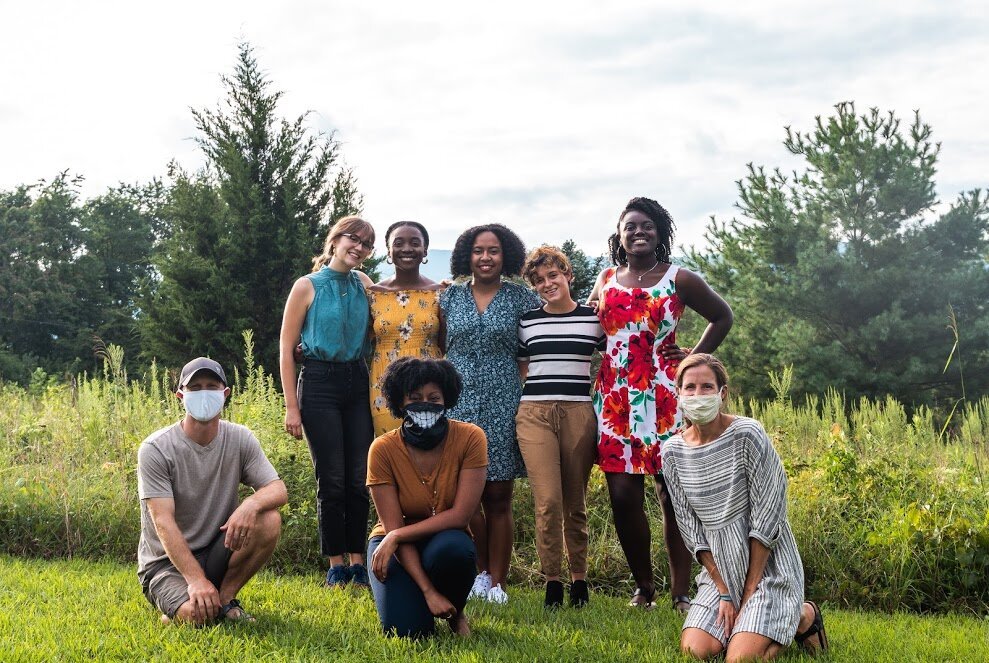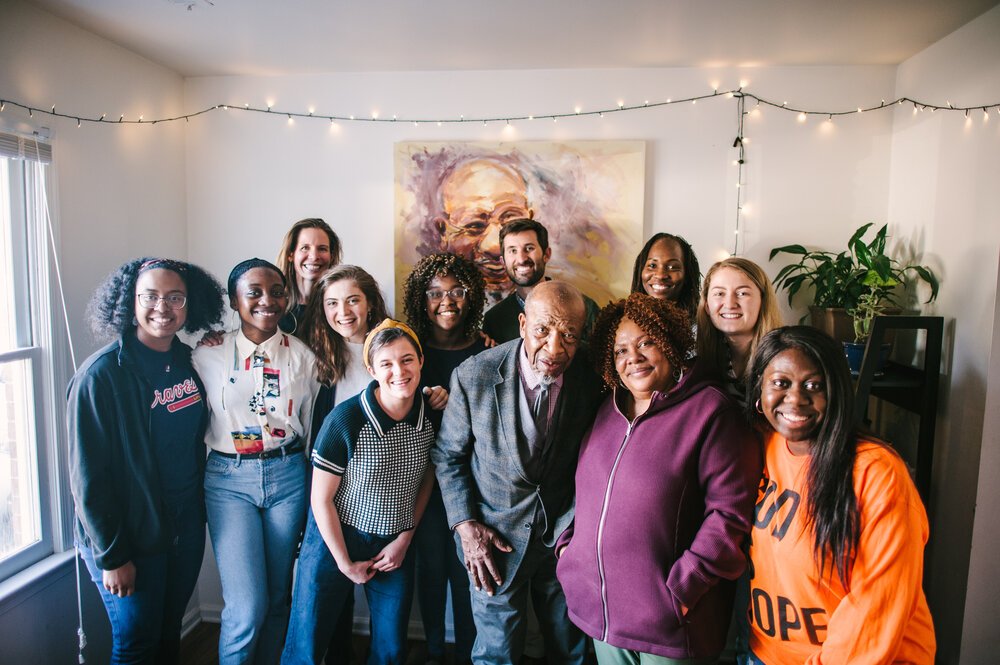ABOUT
The Perkins House Charlottesville was an intentional living community of undergraduate students dedicated to Dr. John M. Perkins’ “three R’s of community development” from 2015-2020. These broad principles – relocation, reconciliation, and redistribution – are rooted in Dr. Perkins’ teachings as a Christian minister and experience as a civil rights activist; he calls for radical alignment with the biblical command to “love thy neighbor as thyself” (Mark 12:31 KJV). The underlying charge is to participate in God’s transformation of communities through the restoration of dignity. In the words of Dr. Perkins, “You don’t give people dignity. You affirm it.” This is where reconciliation happens.
The Perkins House Charlottesville’s way of life for students weaves together inward-facing and outward-facing routines of neighbor-love through service; residents care both for their fellow house members and for their broader community members. Rhythms of outward-facing service involve volunteering in the community on Sunday afternoons, regularly attending community events, welcoming neighbors for meals and fellowship, and generally seeking to build relationships with the people whose stake in the city of Charlottesville is far greater than that of the average four-year college student. Living in the Perkins House - and being situated in the specific context of Charlottesville - means reckoning with privilege, transience, history, injustice, and mercy.
At The Perkins House our mission WAS TO….
instill the next generation with a life-long vocation of Christian community development modeled by John and Vera Mae Perkins while seeking to honor and engage with the community in the historic Venable and 10th & Page Neighborhoods
ABOUT John and Vera Mae Perkins
John, Vera Mae and their families have ministered among the poor for the past 56 years. In 1960, the couple left a successful life in California and moved back to Mendenhall, MS to begin living out a new principle. In 12 years, John Perkins helped start a day-care center, youth program, church, cooperative farm, thrift store, housing repair ministry, a health center, and an adult education program. John and Vera Mae also organized their communities during the Civil Rights era. With marches, community action and bravely taking a stand in their own personal lives, John and Vera Mae led the way for civil disobedience. Their children were some of the first students to integrate their local schools and they sheltered the difficulties of that time together as a family.John was brutally beaten by law enforcement during this time. He was imprisoned after he attempted to free black college students from Tougaloo College and Jackson State University who had been jailed for freedom marching with the Perkins.To learn more about the John and Vera Mae Perkins Foundation please click here.
FURTHER RESOURCES
Why Are All the Black Kids Sitting Together in the Cafeteria? by Beverly Daniel Tatum, Ph.D
Charlottesville: Images of America by Eryn S. Brennan and Margaret Maliszewski
I’m Still Here: Black Dignity in a World Made for Whiteness by Austin Channing Brown
Dear White Peacemakers: Dismantling Racism with Grit & Grace by Osheta Moore
The Color of Law: A Forgotten History of How Our Government Segregated America by Richard Rothstein
Diversity and the Common Good by Natasha Sistrunk Robinson
Redemption: The John Perkins Story by Greg Fromholz
11 AM by Urban Doxology Media
Code Switch by NPR

